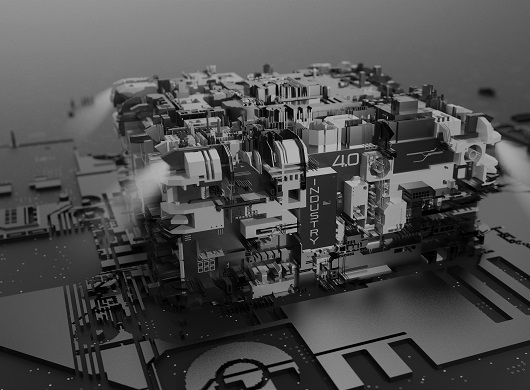
Without change, bust.
The evolution of products has been pretty unprecedented over the last couple of decades, R&D spend as a percentage of GDP has gone from 1% in the 1980’s to almost 2% now in Australia. South Korea invest over 4%, Japan and China closing fast on this number and the USA at just below 3%. We see the impact of this in everyday life, with the revolutions of the iPhone, computers, electric cars and many other technology advances, or in solar and wind power. Closer to home, the ready meals, superfoods and innovative products that change daily in our supermarkets are all part of the investment in R&D.
Innovation and revolution does not stop there, business models have been re-invented for customer facing solutions, Uber, Airbnb, Amazon, the online grocery stores and more recently the meal kits market place.
Yet what has always lagged behind, well its pretty simply the supply chains and manufacturing facilities that sit behind these businesses and why is this? Well, it’s easier to sell an idea and grow a customer base to gain investors than build a perfect supply chain as momentum hits and funds are scarce investments in R&D channel towards Revenue.
Did you know Ocado was started in 2000 and has had the same CEO since 2002? They are seen to have one of the worlds leading models for their supply chain, but it’s taken them the best part of 15 years to get there.
“Growth is painful. Change is painful. But, nothing is as painful as staying stuck where you do not belong”. N. R. Narayana Murthy
The customer facing evolution is slowing, the latest tech is principle an update of the latest version, the ability to disrupt industries is known and businesses have got much better and using principles like agile to accelerate new products to shelf. Growth has well and truly left a wake behind it in the supply chain, where the race now is to make revenue profitable.
“Engineering or technology is all about using the power of science to make life better for people, to reduce cost, to improve comfort, to improve productivity, etc”. N. R. Narayana Murthy
As the great Indian IT Industrialist says engineering and technology is for four outputs, two of these are to make life better for people and to improve comfort, based on the above they have been the focus to date. To reduce cost and improve productivity well that is the wave that must come next.
I recently saw an article, produced by a consultancy slightly more famous than Pollen, with a diagram that tried to explain all the trends in Industry 4.0 and its sole purpose looked like it was there to confuse and scare people.
Right now Industry 4.0 looks like a political campaign, lots of promises, scare mongering and people claiming to solve everything wrong in the next 4 years! Is it a revolution? should we be calling it the fourth industrial revolution, or should we leave that to the future historians? I’m not too sure, but I am certain that now is the time to focus on factories and supply chains as their own competitive advantage.
Industry needs to embark on a significant change. It is 100% coming, but it’s not complex.
We need to build the airplane whilst hurtling down the runway; ignore the hype products and look for only what will be a game changer for your supply chain.
It is the quiet people who can see through the noise, like the characters from the “Big Short” or the even the statistics starring in “Moneyball” that we should be seeking out and listening to, and yes this writer is a big reader of Michael Lewis. All of them had the foresight to see through the complex to the simple, to them it was never actually complex, with a simple over ruling message stick to facts and don’t wither in your simple beliefs.
A lot of the hype is old news, nobody can tell me automation is industry 4.0, 3D printers are just a smarter manufacturing methodology, cobots are an evolution in progress for the last 30 years, talking computers are well talking computers.
Stand back for a minute from the “internetofeverything”, and you will realise your business is relying too much on other people for your biggest challenge ahead.
Businesses do not outsource your product development or share it with competitors. A competitive advantage in products will soon be the end to end supply chain and its time to ensure yours is a competitive advantage not a costly and ageing beast.
R&D spend needs to be channeled in the supply chain, the early adopters of technology have removed the cost edge, the start-up culture of tech means you do not need to commit to a full ERP system roll out to test and learn.
Partner, try, fail, learn and succeed.
Do what you did for your customers for your supply chain.
It is time to change…
Paul Eastwood; CEO – Pollen Consulting Group
First published in Inside FMCG: